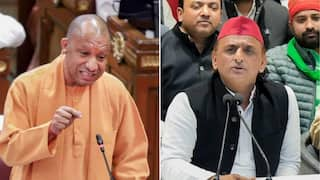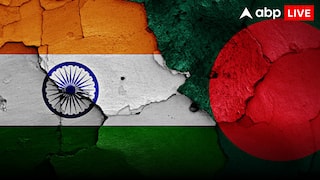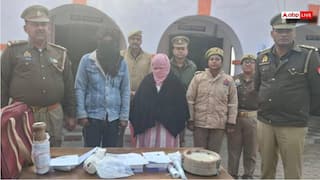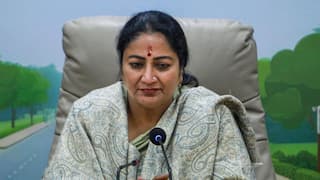Kolkata's Durga Puja In UNESCO Intangible Cultural Heritage List
Durga Puja is seen as the best instance of the public performance of religion and art, and as a thriving ground for collaborative artists and designers, the UNESCO website says.

New Delhi: UNESCO has added Kolkata's Durga Puja to its 'Representative List of Intangible Cultural Heritage', granting it an elite status in the list of cultural traditions from around the world.
Durga Puja is an annual festival celebrated in September or October, especially in West Bengal. The 10-day festival marks the homecoming of the Hindu goddess Durga and her four children - Lakshmi, Saraswati, Ganesha and Kartikeya.
Every year, UNESCO adds cultural traditions and arts from around the world to its Intangible Cultural Heritage list. The decision to give Durga puja in Kolkata heritage status was taken on Wednesday during the UNESCO's intergovernmental committee meeting in Paris.
🔴 BREAKING
— UNESCO 🏛️ #Education #Sciences #Culture 🇺🇳😷 (@UNESCO) December 15, 2021
Durga Puja in Kolkata has just been inscribed on the #IntangibleHeritage list.
Congratulations #India 🇮🇳! 👏
ℹ️https://t.co/gkiPLq3P0F #LivingHeritage pic.twitter.com/pdQdcf33kT
"Durga Puja is seen as the best instance of the public performance of religion and art, and as a thriving ground for collaborative artists and designers. The festival is characterised by large-scale installations and pavilions in urban areas, as well as by traditional Bengali drumming and veneration of the goddess. During the event, the divides of class, religion and ethnicities collapse as crowds of spectators walk around to admire the installations," the UNESCO website says.
The worship of Goddess Durga begins on the inaugural day of Mahalaya. "The festival has also come to signify ‘home-coming’ or a seasonal return to one's roots," the UNESCO website says.
In 2017, the Kumbh Mela was accorded this recognition. Yoga was added to the UNESCO Intangible Cultural Heritage list in 2016, traditional brass and copper craft of Punjab in 2014, Manipur's Sankirtana ritual singing in 2013 and the dance forms of Chhau, Kalbelia and Mudiyettu in 2010.
According to UNESCO, intangible cultural heritage, which is also called living cultural heritage, is the "practices, expressions, knowledge and skills that communities, groups and sometimes individuals recognise as part of their cultural heritage".
Oral traditions, performing arts, rituals and festive events, social practices and traditional craftsmanship are some forms intangible cultural heritage is expressed in.






































